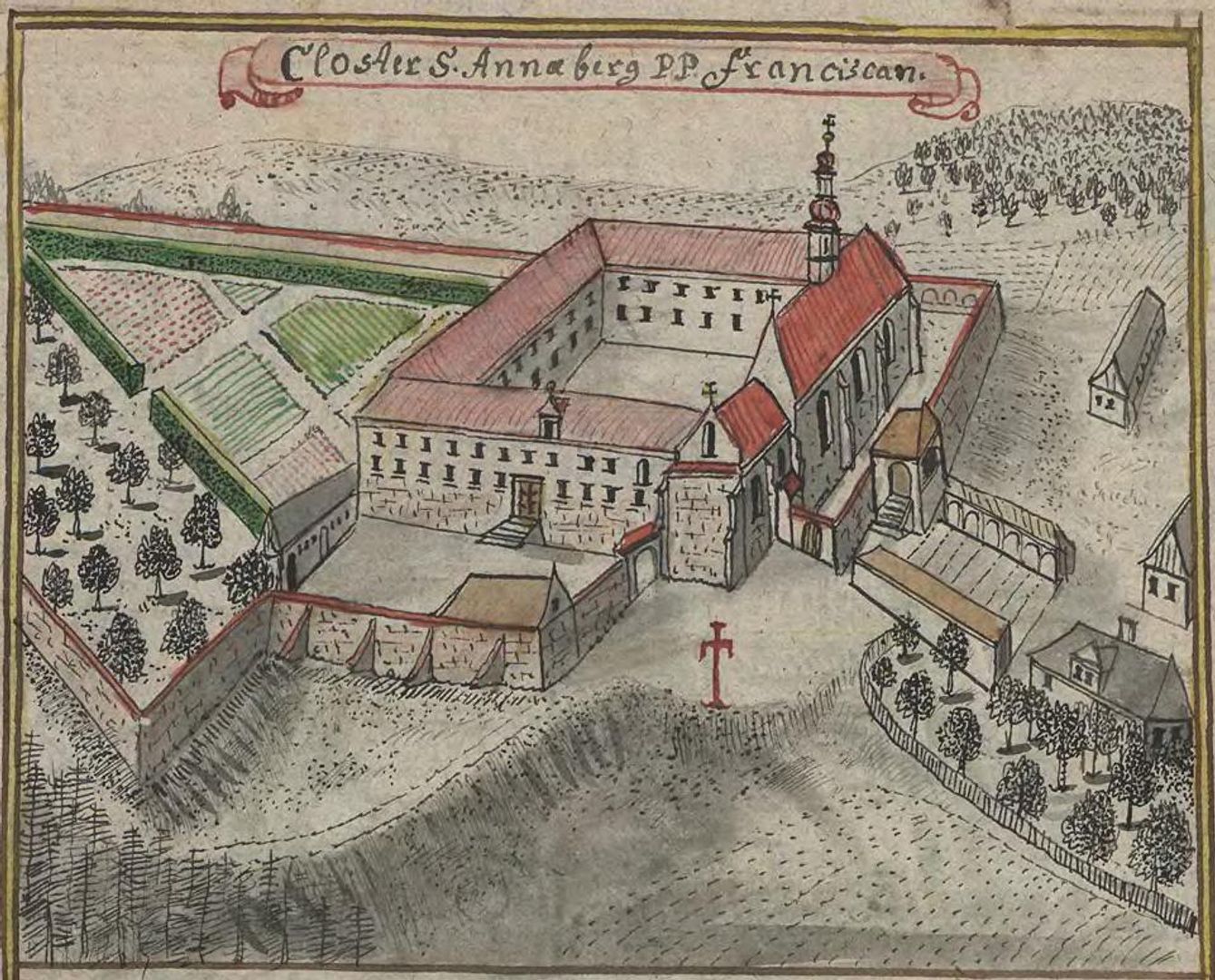Passion-Marian Sanctuary in Kalwaria Zebrzydowska
8.26

Overview
The Sanctuary in Kalwaria Zebrzydowska, known as the Polish Jerusalem, is an important site of Passion and Marian worship located at the foot of Mount Żar, where the basilica and monastery of the Bernardine Fathers stand. The history of the sanctuary dates back to 1600, when Mikołaj Zebrzydowski founded the Church of the Crucifixion, inspired by a vision of three crosses. Since then, the complex has expanded to include 42 chapels and churches spread over 6 km², reflecting sites from the Holy Land. In 1887, the image of Our Lady of Kalwaria was crowned by Bishop Albin Dunajewski, becoming the central focus of worship at this sanctuary, which attracts around 1.5 million pilgrims annually.
The architecture of the basilica, an example of late Baroque with Rococo elements, along with its rich furnishings and polychromes, draws the attention of both the faithful and tourists. The Calvary paths, consisting of 28 Stations of Jesus and 24 Stations of the Blessed Virgin Mary, replicate the final journey of Jesus, celebrating the Passion of Christ and the sorrows of Mary. During major celebrations, such as Holy Week or the August indulgence, highly colorful Passion plays are performed.
In 1999, the sanctuary was inscribed on the UNESCO World Heritage List, and in 2000, it was recognized as a Historic Monument of Poland. Notably, John Paul II, as pope, visited this site multiple times, granting it exceptional significance, including bestowing the title of basilica and presenting a Golden Rose before the image of Our Lady. The Sanctuary in Kalwaria Zebrzydowska not only serves a religious function but also constitutes a unique architectural ensemble that harmoniously blends with the natural landscape, creating a place of reflection and piety for generations.
Location
Tickets
Powered by GetYourGuide
2025 Wizytor | All Rights Reserved